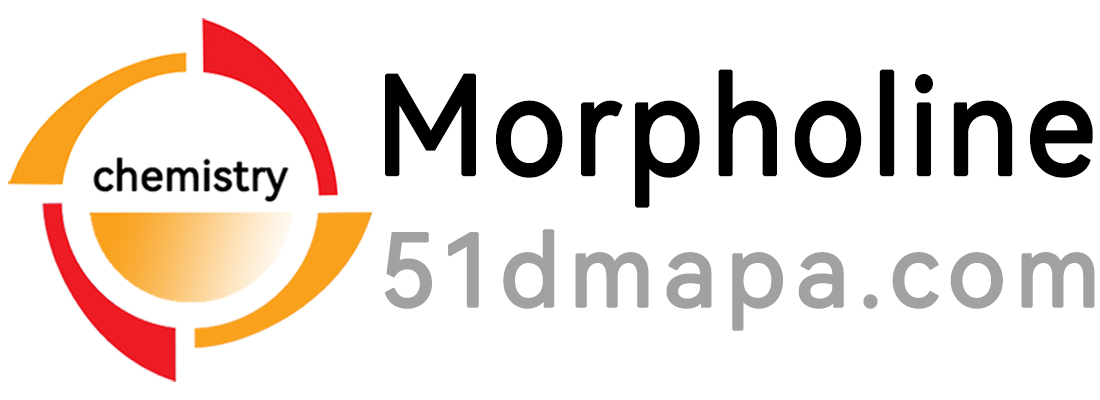
Structural formula
| Business number | 01P8 |
|---|---|
| Molecular formula | C2H4ClNO |
| Molecular weight | 93.51 |
| label |
2-Chloroacetamide |
Numbering system
CAS number:79-07-2
MDL number:MFCD00008027
EINECS number:201-174-2
RTECS number:AB5075000
BRN number:878191
PubChem number:24892244
Physical property data
1. Character: white crystal
2. Density (g/mL, 25/4℃): Uncertain
3. Relative vapor density (g/mL, air =1): Uncertain
4. Melting point (ºC): 119~120
5. Boiling point (ºC, decomposition): 225
6. Boiling point (ºC, 5.2kPa): Uncertain
7. Refractive index: Uncertain
8. Flash point (ºC): Uncertain
9. Ratio Optical rotation (º): Uncertain
10. Autoignition point or ignition temperature (ºC): Uncertain
11. Vapor pressure (kPa, 25ºC): Uncertain
p>
12. Saturated vapor pressure (kPa, 60ºC): Uncertain
13. Heat of combustion (KJ/mol): Uncertain
14. Critical temperature (ºC ): Uncertain
15. Critical pressure (KPa): Uncertain
16. Log value of oil-water (octanol/water) partition coefficient: Uncertain
17. Explosion upper limit (%, V/V): Uncertain
18. Explosion lower limit (%, V/V): Uncertain
19. Solubility: Energy Soluble in 10 times of water and 10 times of absolute ethanol, very slightly soluble in ether.
Toxicological data
1. Acute toxicity
Rat LD50: 70mg/kg
Mouse caliber LC50: 155mg/kg; mouse intravenous LD50: 180mg/kg
Mouse abdominal cavity LC50: 100mg/kg
Sufficient caliber LD50: 31mg/kg
Rabbit caliber LD50: 122mg/kg
2. Other multiple doses Toxicity data
Rat caliber TDLO: 960mg/kg/30D-I
3. Teratogenicity
E. coli: 2 mmol/L
Ecological data
None yet
Molecular structure data
1. Molar refractive index: 19.72
2. Molar volume (cm3/mol): 73.7
3. Isotonic specific volume (90.2K ): 184.2
4. Surface tension (dyne/cm): 39.0
5. Polarizability (10-24cm3): 7.82
Compute chemical data
1. Hydrophobic parameter calculation reference value (XlogP): -0.5
2. Number of hydrogen bond donors: 1
3. Number of hydrogen bond acceptors: 1
p>
4. Number of rotatable chemical bonds: 1
5. Tautomers.Mass: 2
6. Topological molecular polar surface area (TPSA): 43.1
7. Number of heavy atoms: 5
8. Surface charge: 0
9. Complexity: 44.9
10. Number of isotope atoms: 0
11. Determine the number of atomic stereocenters: 0
12. The number of uncertain atomic stereocenters: 0
13. The number of determined chemical bond stereocenters: 0
14. The number of uncertain chemical bond stereocenters: 0
15. Number of covalent bond units: 1
Properties and stability
This product is irritating and corrosive. Can irritate skin and mucous membranes. The workshop should be well ventilated and the production equipment should be airtight. Operators should wear protective equipment (such as protective goggles, masks, gloves, etc.).
Storage method
1. This product should be sealed and stored in a cool, dry place.
2. This product is packed in a plastic bag lined with a wooden box or a cardboard drum. Store in a cool, ventilated, dry place. Sun protection and moisture-proof. Store and transport according to regulations on irritating substances.
Synthesis method
1. Obtained from the reaction of ethyl chloroacetate and ammonia. First, cool the ethyl chloroacetate to below 10°C, slowly add ammonia water (relative density 0.9) while stirring, and white crystals will immediately precipitate. After adding ammonia water, continue stirring for 1 hour, filter out the crystals, and then wash away the ammonium chloride with ammonia water. , filter it as dry as possible to obtain the crude product, and then recrystallize it with ethanol to obtain the finished product.
![]()
Purpose
1. Used in organic synthesis, pharmaceutical intermediates and the synthesis of organic compounds such as chloroacetonitrile, sulfonamide-3-methoxypyrazine, and sulfamethylpyrazine.
2.The maximum allowed usage is 0.3%. It is mainly used as a preservative in shampoos and shower gels, and is also used as a preservative in industrial lotions, cutting oils, plastic slabs and coatings.
3. Mainly used in the pharmaceutical industry to synthesize long-acting sulfonamide B and phentolamine. Also widely used in the production of biochemical buffer ADA.



